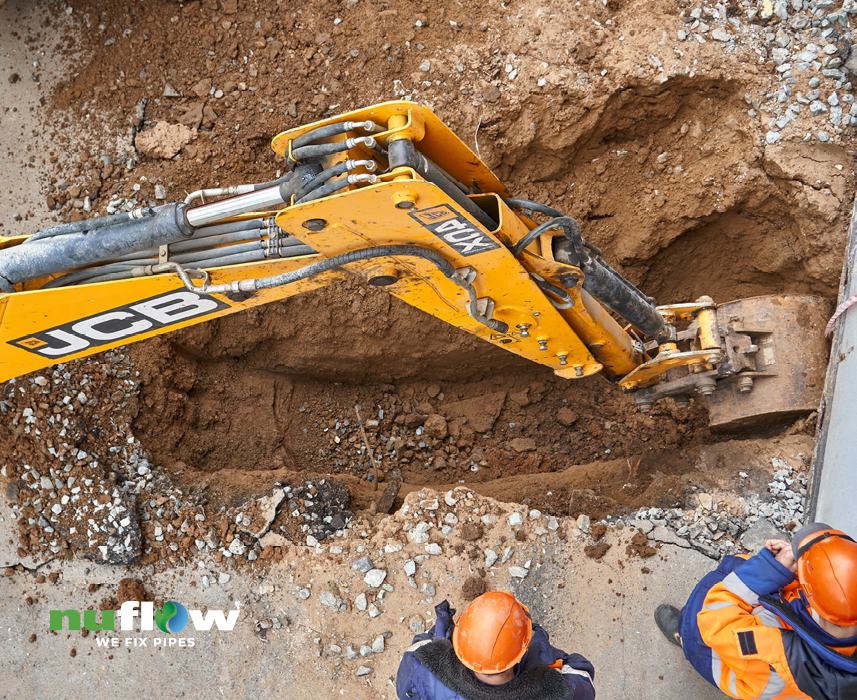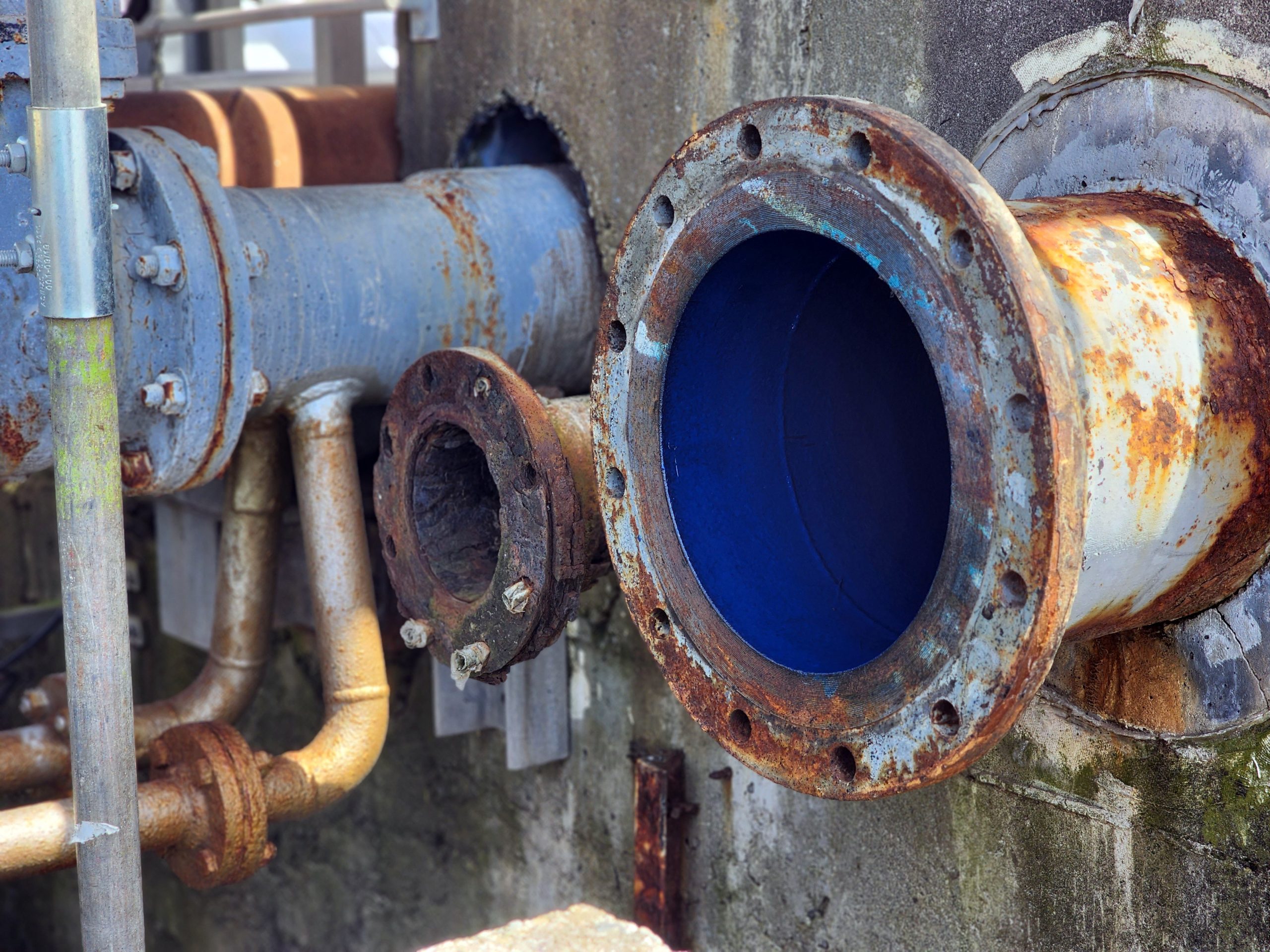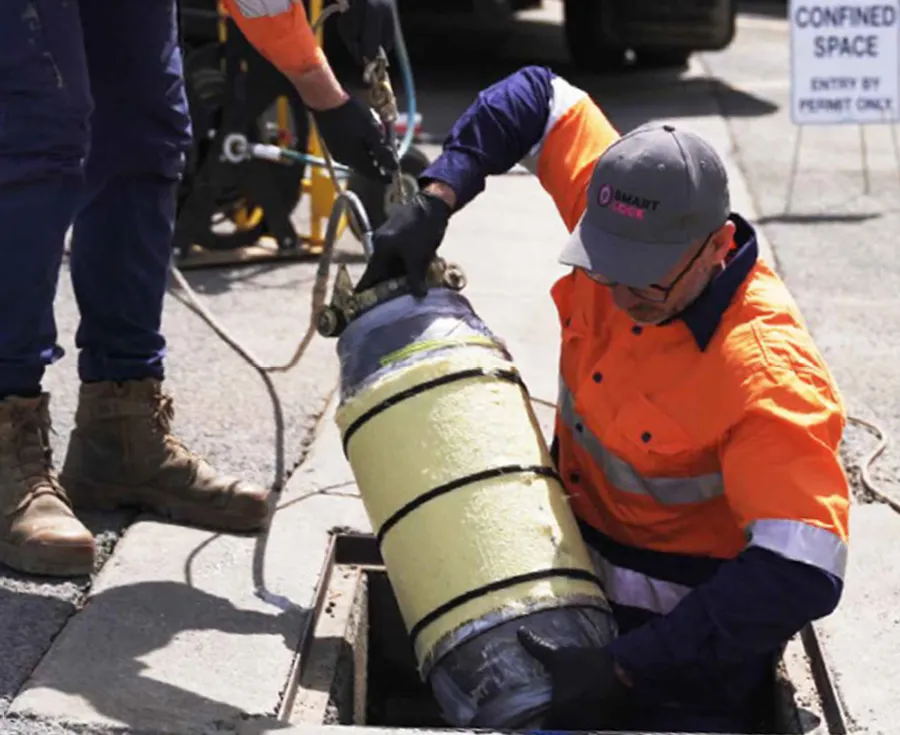All of us rely on pipes to comfortably go about our daily lives. Most of the time, we hardly spare a thought for the web of pipes weaving through the walls and floors around us. But when something goes wrong, whether it’s a blocked drain or a broken pipe, it causes problems and disruptions, and you need to find a solution fast.
Pipes are usually hidden, buried behind walls or floors, meaning they’re not necessarily easy to access – so repairing them can be tricky, costly, and take a long time. But modern techniques such as pipe relining technology can take away the difficulty, excess costs, and time.
There are a number of things that can cause a pipe to break or block, such as tree root intrusion, certain materials passing through, or even just the pipe material breaking down with age.
Need to find a plumbing service to repair a broken pipe or blocked drain? Here we take a look at your options.
Pipe relining vs replacement
When it comes to fixing pipe issues, there are generally two options: pipe relining technology or pipe replacement. As the name suggests, replacement means literally getting the affected pipe removed and then replaced with a new pipe.
Pipe relining is a modern technology which involves fixing broken or leaking pipes from the inside using just the existing access points, with no digging or excavation required. Plumbing experts use a specialist material to create a new pipe within the existing pipe, and the hardy material seals off any cracks from the inside.
Finding the issue in the pipes
The first step to fixing a broken pipe, whether relining or replacing, is to figure out exactly what’s wrong. Given that pipes tend to be hidden and buried, this requires specialist plumbing equipment.
Most plumbers use CCTV drain camera equipment to see what’s happening inside pipes. This state-of-the-art technology allows a drain camera to be sent through the sewer lines to investigate and pinpoint exactly where the problem is. This completely eliminates the need for guess work, and gives plumbing professionals the exact information they need to best fix the problem.
Getting to the broken pipe
Once you’ve located where the problem pipe is, the next step in fixing it is to get access to the pipe to repair it.
For pipe replacement, the plumber will need to get direct access to the pipe, and this will often require some kind of demolition or excavation, through a floor or wall for an internal pipe, or through the ground outside, whether it’s under a garden bed, or maybe even a concrete slab. How big an excavation the plumber will need to do will depend on the size of the pipe, the issue, and how much of the pipe needs to be replaced. If there are multiple issues, this may require multiple sites of excavation.
With pipe relining technology, the plumber is able to directly access the broken pipe or pipes via existing access points, so no digging or excavation is required. Even for a broken pipe under slab, it means the pipe can be fixed with no digging required.
How long will it take?
To replace a pipe, the length of time taken will depend on a number of factors, such as how accessible the pipe is, how much excavation or demolition will be required, and how many areas need to be fixed. It could be as little as a few hours, up to more than a day. After the pipe is repaired, the excavated areas will then also need to be cleaned up and repaired, which adds to the project time.
Pipe relining technology tends to take a fraction of the time of traditional replacement methods, and depending on the size of the job, it can take as little as a couple of hours to complete. Once the pipe relining is complete, the pipes are back in full working order with nothing left to do, and everything will look exactly as it did before the repairs.
How much downtime will there be?
Pipe replacement requires water to be shut off to the pipes, which means all relevant services will be out of action while the repairs are underway. In a residential setting, this may mean residents will need to move out for a period while the repairs take place, and in a commercial setting, workers may need to move to a different location.
With pipe relining technology, there is zero or minimal downtime, meaning residents or workers can usually remain living in their property or working in their office while pipe relining takes place, with minimal disruption to daily life.
Looking for a non-invasive, no-dig solution for fixing broken pipes?
Contact your local Nuflow team today to solve your plumbing issues for good.




